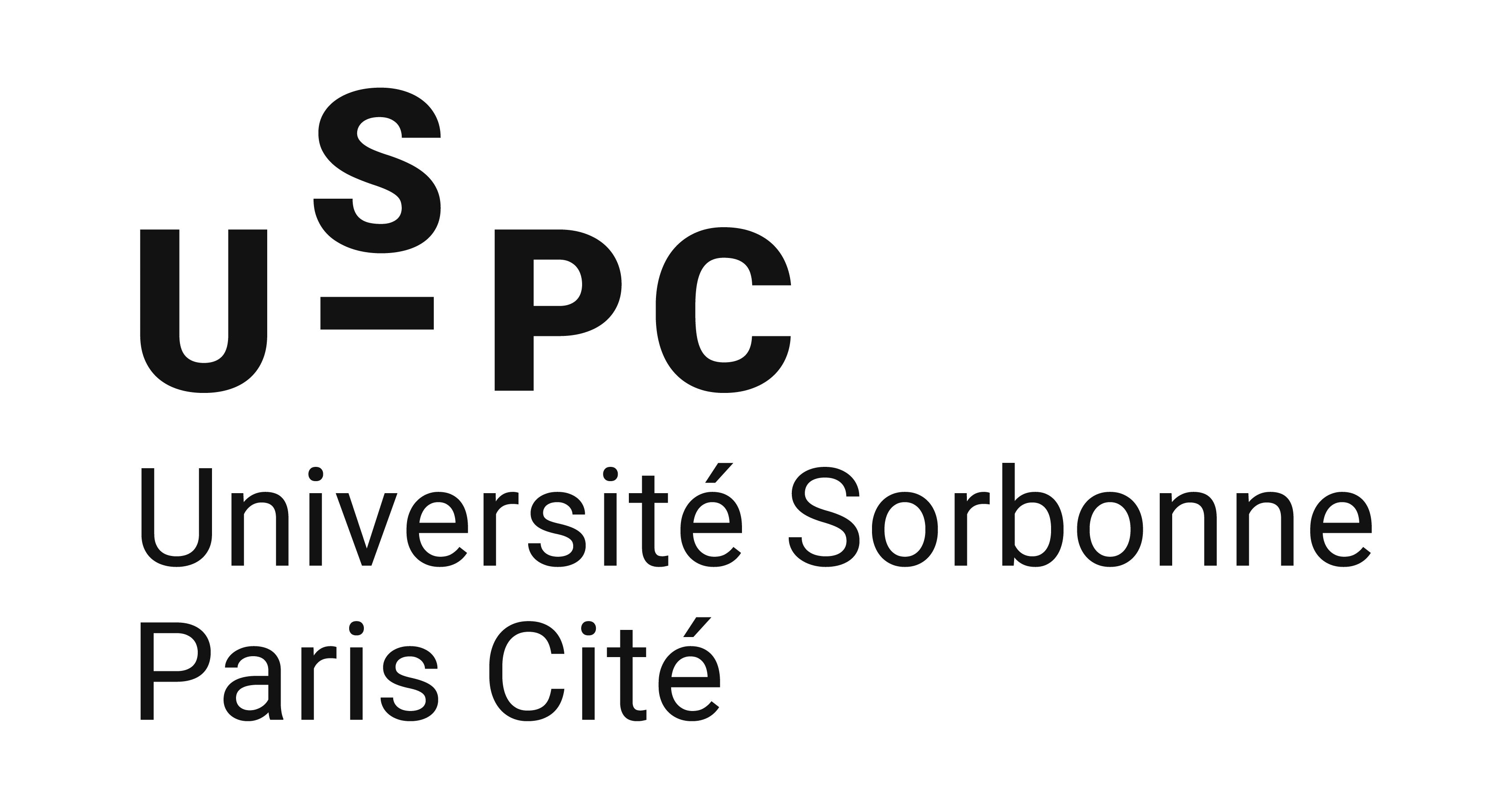The physical properties of Spitzer /IRS galaxies derived from their UV to 22 μ m spectral energy distribution
Résumé
We provide the basic integrated physical properties of all the galaxies contained in the full Cornell Atlas of Spitzer/IRS Sources (CASSIS) with available broad-band photometry from UV to 22 μm. We have collected broad-band photometric measurements in 14 wavelengths from available public surveys in order to study the spectral energy distribution (SED) of each galaxy in CASSIS, thus constructing a final sample of 1146 galaxies in the redshift range 0 < z < 2.5. The SEDs are modelled with the CIGALE code which relies on the energy balance between the absorbed stellar and the dust emission while taking into account the possible contribution due to the presence of an active galactic nucleus (AGN). We split the galaxies in three groups, a low-redshift (z < 0.1), a mid-redshift (0.1 ≤ z < 0.5) and a high-redshift (z ≥ 0.5) sub-sample and find that the vast majority of the Spitzer/IRS galaxies are star-forming and lie on or above the star-forming main sequence of the corresponding redshift. Moreover, the emission of Spitzer/IRS galaxies with z < 0.1 is mostly dominated by star-formation, galaxies in the mid-redshift bin are a mixture of star forming and AGN galaxies, while half of the galaxies with z ≥ 0.5 show moderate or high AGN activity. Additionally, using rest-frame NUV-r colour, Sérsic indices, optical [OIII] and [NII] emission lines we explore the nature of these galaxies by investigating further their structure as well as their star-formation and AGN activity. Using a colour magnitude diagram we confirm that 97% of the galaxies with redshift smaller than 0.5 have experienced a recent star-formation episode. For a sub-sample of galaxies with available structural information and redshift smaller than 0.3 we find that early-type galaxies are placed below the main sequence, while late-type galaxies are found on the main-sequence as expected. Finally, for all the galaxies with redshift smaller than 0.5 and available optical spectral line measurements we compare the ability of CIGALE to detect the presence of an AGN in contrast to the optical spectra classification. We find that galaxies with high AGN luminosity, as calculated by CIGALE, are most likely to be classified as composite or AGNs by optical spectral lines. The full Table A.1 is only available at the CDS via anonymous ftp to http://cdsarc.u-strasbg.fr (http://130.79.128.5) or via http://cdsarc.u-strasbg.fr/viz-bin/qcat?J/A+A/597/A51
| Origine | Fichiers produits par l'(les) auteur(s) |
|---|
